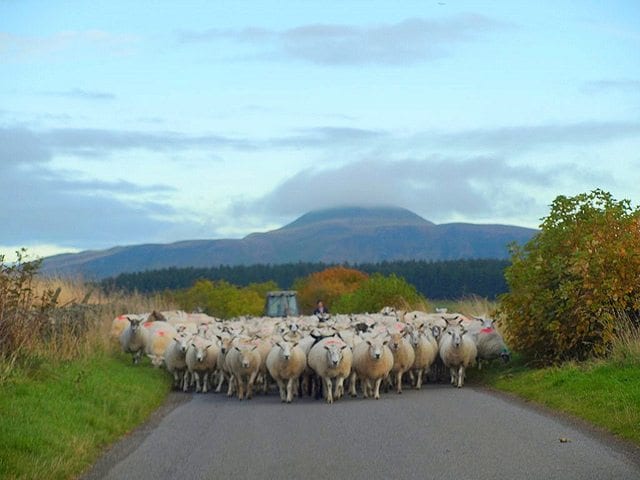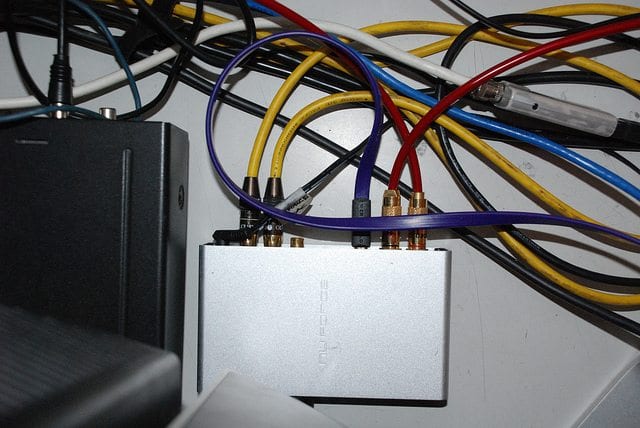What’s are the CAT cable differences?
If you’re interested in finding out what are the CAT cable differences, read on.
If you’ve recently started doing research on data cabling solutions, you will undoubtedly have come across CAT (Ethernet) cables. At first glance, figuring out the difference would appear to be a relatively simple process. CAT5 is not as good as CAT5e, CAT5e is not as a good as CAT6, and so on.
But this is an oversimplification of the unique specifications of each type of cable. It’s this kind of thinking that could cause a person to automatically opt for CAT7, despite its much higher price point, because it’s “the best” when it actuality, CAT5 could have served their needs perfectly well.
What is a CAT Cable?
There are several aspects that all CAT cable variations have in common. Firstly, they all perform the same job, which is to carry signals between equipment in structured cabling system computer networks. They are also all subject to a 100 metre (328 ft) maximum length. This distance breaks down as 90 metres of solid “horizontal” cabling between the patch panel and wall socket, and up to 10 metres of stranded patch cable between the wall and attached device.
CAT stands for category. The number refers to the iteration of the cable. The cables commonly in use today are CAT5, CAT5e, CAT6, CAT6a and more recently, CAT7, CAT7A and (the much less common) CAT8.
Thanks to the cables all being able to use RJ45 connectors, the variations are backwards compatible and can connect with each other. This means it’s possible to use different types of cable in a single network. It’s important to bear in mind however, that by doing so your network speed will be limited to that of the slowest cable, so we would generally advise against it if the option is available to you.
CAT Cable Variation Specifications
| Version | Standard | Data Speed | Frequency |
| CAT5 | 100BASE-TX | 100Mbit | 100MHz |
| CAT5e | 1000BASE-TX | 1Gbit | 100MHz Duplex |
| CAT6 | (Up to) 10GBASE-T | 1-10Gbit* | 250MHz |
| CAT6a | 10GBASE-T | 10Gbit | 500MHz |
| CAT7 | 10GBASE-T | 10Gbit | 600MHz |
| CAT7a | 10GBASE-T | 10Gbit | 1000MHz |
| CAT8 | 40GBASE-T | 40Gbit | 1600-2000MHz |
| *Depending on the length and type of the cable | |||
In the above table, the “Standard” code refers to the transmission speed (e.g. 100), the type of signal carried on the medium (e.g. BASE, which is Baseband/Ethernet) and the physical medium that carries the signal (e.g. TX/T, which refers to twisted pair cabling).
How Else Do CAT Cable Variations Differ?
In addition to the increase in speed and frequency, the main difference between CAT cable versions is the level of crosstalk testing standards. Crosstalk refers to the electromagnetic interference experienced between twisted pair cables that run parallel with one another. This interference can cause intermittent loss of service and will disrupt the proper flow of data.
As the speed increases, so too does the potential for crosstalk. To mitigate this effect, the higher category cable is constructed with a greater number of twists and a thicker diameter sheath, which increases the distance between cables and drastically reduces crosstalk.
When installing newer cables, it’s important to remember that they are wider, and indeed heavier, meaning that fewer should be bundled together to avoid crushing and to better organise your data centre.
Which One Do I Need?
The question you really need to ask is, how much data am I transmitting? And how fast do I need it to be done? The majority of home cabling installations will be fine with CAT 5 or CAT5e, but businesses that transfer large amounts of information would probably be best with CAT6 and above.
Bear in mind that even with the fastest cables, your network won’t run at that speed unless all your hardware is capable of supporting it. If you want gigabit network speeds, you’ll also need a gigabit-compatible router and gigabit-capable network cards in your PCs, so make sure your equipment is in line with your requirements before you commit to ordering ethernet cables. It could also be worth doing some research into fibre optic cabling.
With CAT cables, each variation is also slightly more expensive than the last, so be sure to consider your budget.
We hope that this introductory guide has improved your understanding of the differences between CAT cable variations, but if you have any further questions or would like to discuss your data cabling needs with a cable installation specialist, please do not hesitate to contact us by email at info@lgnetworks.co.uk or by phone on 020 3096 6035.





